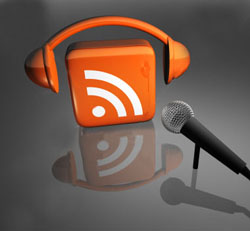If we were to conduct a poll regarding audio recording among churches, I think we would find that a large percentage of churches record their services.
The reasons vary: some churches may simply want to archive their weekly sermons, while others may make available recorded copies of their services on CD, tape, or some other recordable medium.
Some churches may even go beyond the simple duplication of their service and offer their programs on radio, television, and Internet-based broadcasts.
Regardless of the “why” regarding church service recording, audio teams should always strive for excellence.
Past Podcast Experiences
Over the course of many years, I have had the privilege of producing service recordings for weekly broadcast for two different churches.
Both pastors were gifted speakers and their sermons deserved to be faithfully reproduced with excellence.
One church provided my studio with professionally recorded multi-tracked source material. The other church provided me with a stereo mixed CD recorded directly from the FOH console.
While both services had to be edited, remixed, and mastered, both programs didn’t sound the same from a quality standpoint.
This fact wasn’t necessarily a result of one service being multi-tracked and the other being recorded to CD, but instead, the difference in the final product was a direct result of the source audio.
The source audio from one church was excellent and the other church’s audio signal was beset with technical problems.
In order for this church program’s audio quality to be at an acceptable level, these problems needed to be addressed and ultimately corrected.
Starting With The Source
Believe it or not, some of the best audio recording principles I learned in college didn’t actually come from an audio recording class.
They instead came from an information technology class.
One of the first lessons we learned in computer programming is “garbage in equals garbage out.”
There are great software programs available today which can correct some of these problems. However, if the source audio is clean, you’ll most likely have a higher quality end product.




















